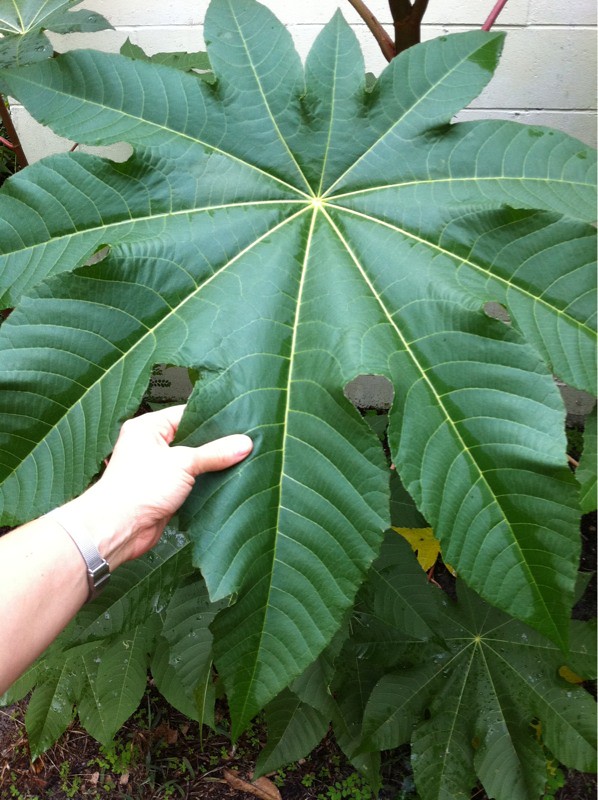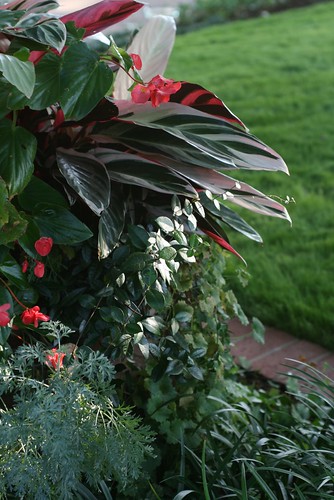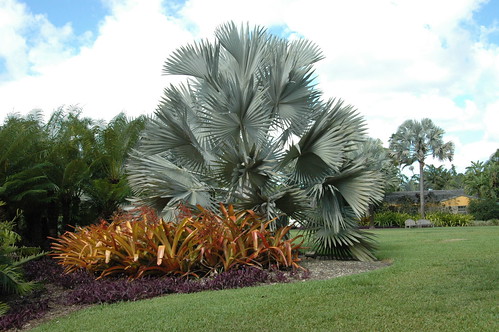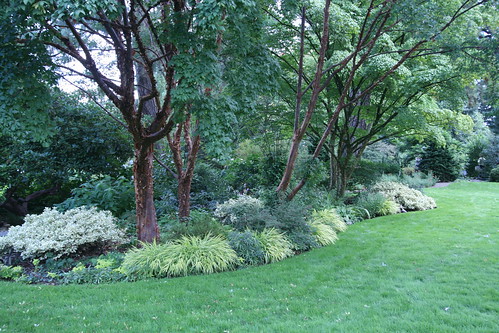Despite how hideous our lawn has been looking, my husband wisely pointed out that we probably aren't ready to install new sod yet. He reminded me that we're missing something really important: a reliable way to irrigate new sod.
I pointed out that we have a functional sprinkler and a long hose. He said I was crazy.
Okay, not really. But he did say that there was no way he was going to drag a hose around the yard for weeks and weeks to make sure that the new sod wouldn't fry in our hot Florida summers. I had to admit -- he had a valid point.
So we decided to spend our Independence Day weekend installing a proper irrigation system.
All in all, I think we dug at least 130 linear feet of trench. Since our soil is so sandy, it was relatively easy to get the trenches dug. I say "relatively" because it's still a lot of heavy lifting compared to the desk jockey stuff I do on a day-to-day basis. If we were going to do it again, I might want to rent a trencher. Of course, that requires advance planning, and we didn't decide that we were embarking on this project until sometime on Saturday.
On the positive side, we did have a few extra bodies who stopped by while we were digging trenches.
Our dogs love spending time with us when we're working in the yard, and being the softies we are, we let them. The black one is hilarious -- any time we dig a hole, he always starts rooting around in the soil like a pig hunting for truffles. Here he is sniffing the soil and digging deeper. If only we could train him to dig in a controlled fashion!
It took awhile, but ultimately we got all of the trenches dug and all of the pipes and irrigation heads laid out and glued together. We opted for overhead spray heads rather than drip emitters, since those are the best option for irrigating lawn areas. We even installed a timer and a rain sensor so that the system will run only when the lawn needs water.
Here's the finished project, with the soil tamped back in place. Now we just need sod!
Would I do it again? Absolutely. It was a lot of work but it saved us a ton of money to do it ourselves. Our cost for materials was about $300, whereas we would've paid a professional upwards of $1,000 to do the same job. Plus we ended up with a huge feeling of satisfaction, which is priceless.
For anyone who's interested, here's a fun time lapse video that we took on the second day of the project.














